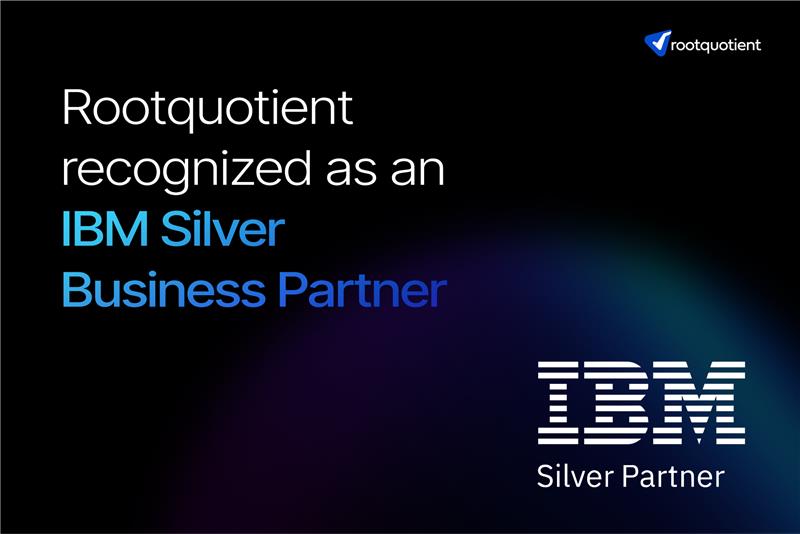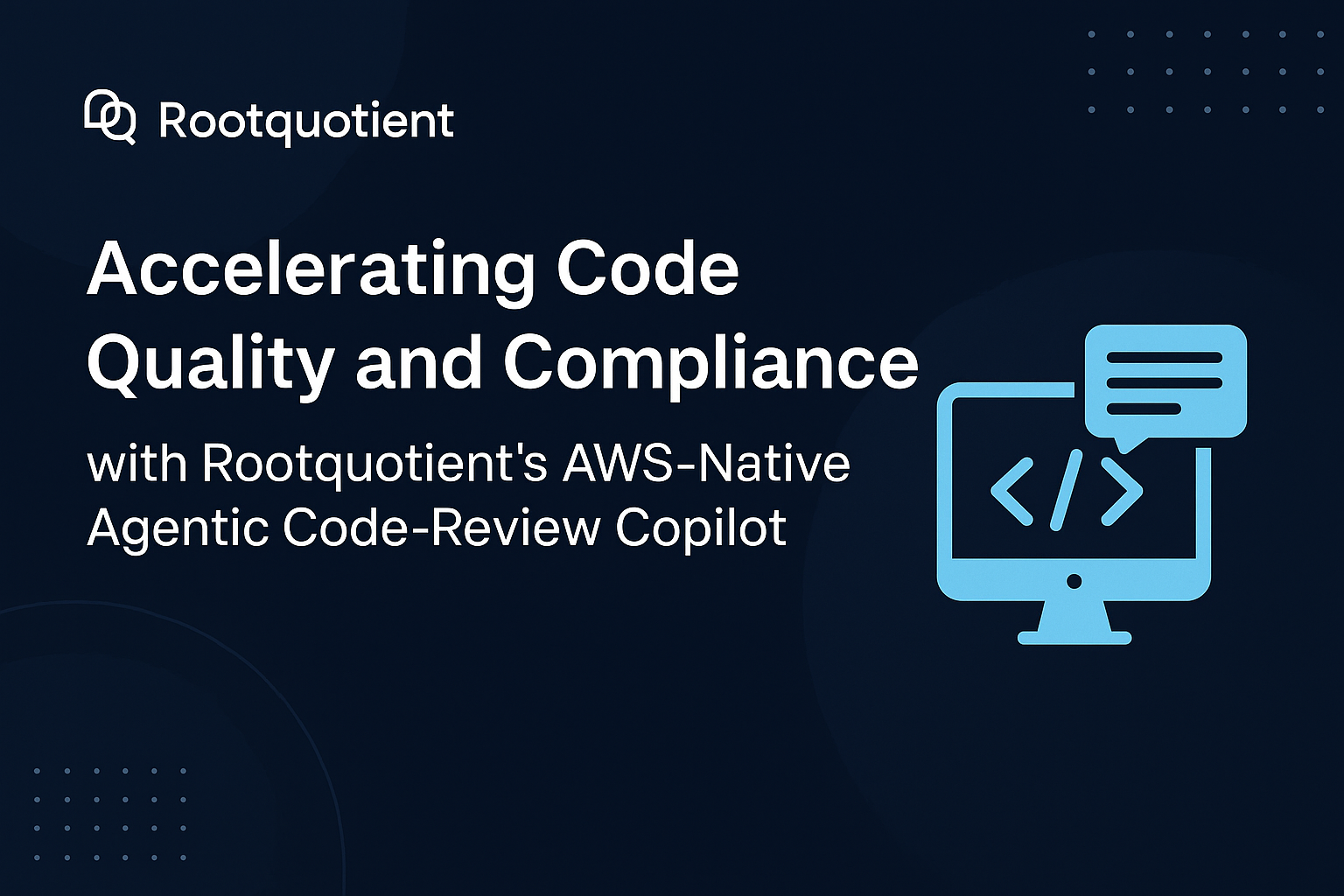growth in
user retention
growth in
user retention
growth in
user retention
growth in
user retention

growth in
user retention
growth in
user retention
growth in
user retention
growth in
user retention


Building Strategies that Turn into Scalable Products
Outcomes that Validate Our Strategy
Driving engagement through user-centric, market-aligned strategies.
Refining strategy to match evolving market needs and fuel growth.
Get the Blueprint for Your Product Success
Startups
We validate product ideas early, define MVP strategies, and build scalable foundations from day one.
Enterprises
We align innovation initiatives with business outcomes, architect scalable product extensions, and minimize scaling risks.
Scale-ups
We strengthen product-market fit, prioritize features that support expansion, and prepare platforms for new opportunities.
Investors & VCs
We support due diligence with product feasibility assessments and strategic validation frameworks.
“We currently have several backend members on board for staff augmentation and are extremely pleased with their collaboration. We’re super happy with the current team members and their valuable contributions.
Strategic Services That Strengthen Products
We design every strategic engagement to align product vision, validate market needs, and create execution-ready roadmaps built for sustainable growth.
Vision and Alignment
We define a shared vision, align teams on success metrics, and remove ambiguity from early decisions.
Market and User Research
We surface real user needs, behavioral patterns, and market opportunities to guide product direction.
Opportunity Prioritization
We evaluate and size opportunities based on user adoption potential, technical feasibility, and business impact.
Product Roadmap Planning
We structure adaptive roadmaps that prioritize early wins and prepare for scalable growth.
MVP Definition and Validation
Go-to-Market Strategy Alignment
We ensure product development strategy and market entry plans are tightly connected to drive adoption from launch.
We define a shared vision, align teams on success metrics, and remove ambiguity from early decisions.
We define a shared vision, align teams on success metrics, and remove ambiguity from early decisions.
We surface real user needs, behavioral patterns, and market opportunities to guide product direction.
We evaluate and size opportunities based on user adoption potential, technical feasibility, and business impact.
We structure adaptive roadmaps that prioritize early wins and prepare for scalable growth.
We design MVPs that focus on learning, validation, and risk reduction, setting the stage for sustainable scaling.
We ensure product development and market entry plans are tightly connected to drive adoption from launch.
Key Pillars of Our Product Strategy
Clear Vision Setting

Insight-Driven Validation

Prioritization Frameworks

Adaptive Roadmapping

Execution-Ready Strategy



What Differentiates Us?



Strategy Engineered for Execution
We architect strategies that move seamlessly into build, minimizing handoff gaps and scaling risks.
Behavior-Led Decision Models
Every roadmap decision is tied to real user behavior, not stakeholder assumptions.








Adaptive to Market Signals
We structure strategies to adjust as user needs, competitive ecosystem, and growth patterns evolve.
Cross-Functional Expertise
We connect strategy, design, and engineering from day one to ensure delivery success.


We stay aligned beyond launch, refining strategy as adoption, markets, and technical realities evolve.

Smart Assessments for Hiring and Certification
Reliable Healthcare Solutions
Delivering uninterrupted performance and reliability for mission-critical healthcare products that improve patient outcomes and operational efficiency.

When should startups invest in structured product strategy support?
Startups should invest in product strategy support when they need clarity on problem definition, early user insight, or prioritization for the first release. As traction grows, strategy becomes critical for sequencing features, aligning engineering with market needs, and avoiding assumption-led development. Structured strategy ensures that decisions around scope, feasibility, and user value follow a clear logic, reducing rework and improving the chances of achieving product–market fit.
How does Rootquotient support product strategy for SaaS and technology-led businesses?
Product strategy for SaaS and tech-driven businesses requires validating user problems, understanding market context, and defining the core flows that deliver value. Rootquotient structures this process through discovery, feasibility evaluation, prioritization frameworks, and measurable outcome definition. This helps SaaS teams make decisions grounded in evidence, prevents feature sprawl, and ensures the roadmap aligns with revenue and adoption signals.
How does product strategy support end-to-end decision-making for SaaS products?
SaaS products require strategy that spans problem definition, user behavior analysis, segmentation, pricing considerations, and lifecycle planning. End-to-end strategy ensures teams know which users to serve first, which features matter most, and how to build sustainably across versions. This creates a predictable pathway from MVP to growth, helping teams manage complexity and scale logic without deviating from core value.
How does product strategy guide prioritization for mobile and cross-platform products?
Mobile and cross-platform products require strategy to clarify the primary tasks users perform, the constraints of device behavior, and the sequencing of features across surfaces. Strategy helps define which interactions must be native, which can be shared, and how to maintain coherence across platforms. Clear prioritization ensures consistent experiences, reduces redundant development, and aligns engineering with user needs across devices.
What does a product strategy engagement include for B2B or enterprise software
Product strategy for B2B software includes mapping workflows, identifying role-specific needs, assessing integration requirements, and evaluating workflow complexity. The engagement clarifies value drivers for each persona, aligns feature sets with business goals, and defines decision criteria that support scalable implementation. This helps enterprise teams focus engineering effort on capabilities that directly influence efficiency, adoption, and long-term retention.
How does product strategy support product portfolio decisions?
Product strategy supports portfolio decisions by evaluating the performance, market relevance, technical viability, and long-term value of each product or module. It helps organizations identify where to invest, consolidate, or retire components. Portfolio strategy reduces fragmentation, ensures resources focus on the highest-impact initiatives, and aligns product investments with organizational goals.
How does strategy support product launch planning and execution?
Product launch strategy identifies the early user segment, validates critical use cases, defines activation triggers, and aligns technical readiness with market expectations. It structures rollout plans, feedback loops, and iteration cycles. A clear launch strategy ensures teams collect meaningful signals early, avoid misaligned releases, and validate whether the product delivers value to the intended audience.
How does product strategy support digital transformation initiatives?
Digital transformation requires product strategy to clarify problem areas, define desired outcomes, and assess the technical and operational feasibility of proposed changes. Strategy work aligns teams around priority workflows, simplifies decision-making, and ensures modernization efforts follow a measurable plan rather than isolated upgrades. This reduces risk and helps organizations adopt new capabilities without disrupting core operations.
What elements of product strategy help reduce ambiguity in decision-making?
Product strategy reduces ambiguity by defining problem boundaries, mapping user needs, evaluating technical constraints, and providing a prioritization framework for feature decisions. Clear decision criteria ensure teams avoid subjective choices and instead rely on measurable evidence. This improves roadmap predictability, reduces backtracking, and keeps cross-functional teams aligned.
What metrics does product strategy influence across digital products?
Product strategy influences activation, retention, task completion outcomes, adoption signals, development efficiency, and roadmap predictability. Clear strategy helps teams understand which metrics reflect value delivery, how users behave across workflows, and how engineering investments translate into product outcomes. This ensures decisions remain grounded in measurable impact rather than intuition.






